The Benoni Defense is an exciting way Black can challenge the queen’s pawn opening.
The opening is an excellent choice for players who love to attack and play aggressive chess.
It starts with an offer of a flank pawn to disrupt White’s central control. In the Benoni, Black looks to gain the upper hand right from the opening.
The Benoni starts after 1. d4 Nf6 2. c4 c5.
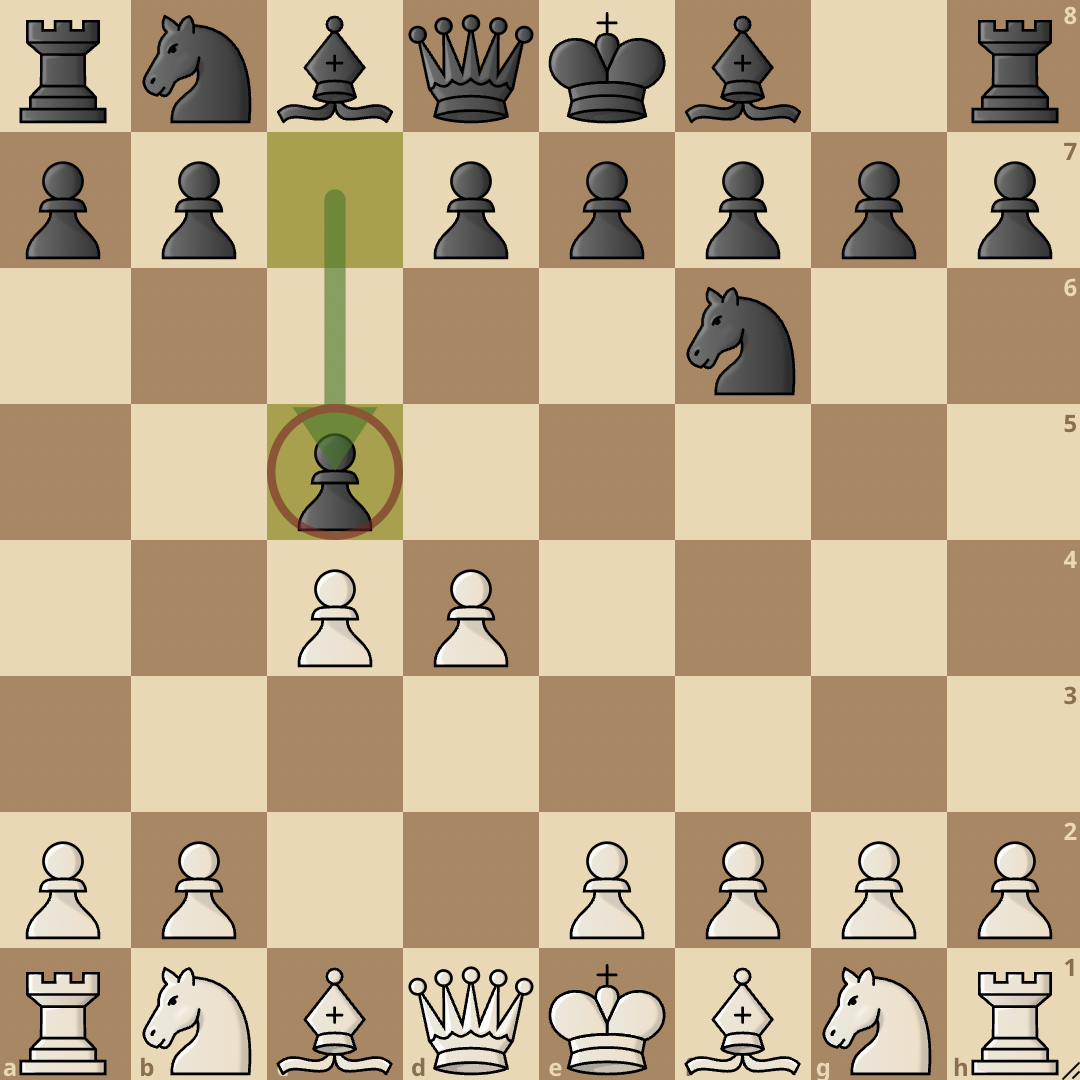
Black plays c5, sacrificing the c5 pawn in the hopes that White will capture the pawn and loosen their grip on the center.
Well, It’s not exactly a sacrifice though as Black has the moves 3…Na6 or 3…e6 if White decides to capture the pawn. Any attempt to protect the pawn by White will lead to further deterioration of their position and Black will equalize easily.
The main variations of the Benoni are:
- Modern Benoni
- Old Benoni
- Czech Benoni
- Benko Gambit
Modern Benoni
1. d4 Nf6 2. c4 c5 3. d5 e6

The Modern Benoni starts after 1. d4 Nf6 2. c4 c5. With c5, Black threatens to exchange their flank pawn for White’s central d-pawn.
The principled move for White here is to continue with 3. d5. After 3. d5, Black will continue with 3…e6. By playing …e6, Black surrenders space to White.
This creates weaknesses on the d6 square, however, Black gets active play on the central dark squares in return, they also get a chance to expand on the queenside and put pressure there. White on the other hand will try to start a kingside attack and play e4 and e5.
White can also continue with 3. Nf3 however, this line transposes into the symmetrical variation of the English opening.
Another option for White is 3. e3. After e3, Black plays 3…g6, fianchettoes their bishop, and looks to pressure the center and expand on the queenside.
All these are good options for White. As highlighted earlier, accepting the offer of the c5 pawn on move two is not advisable as Black will win the pawn back and have a better game.
To explain this, we will go over the positions that arise after Black accepts the pawn with 3. dxc5.
After 3. dxc5, Black will continue with 3…e6, looking to regain their pawn while also developing their bishop by playing …Bxc5. After 3…e6, White should just continue developing pieces with Nf3 or Nc3.
However, if they decide to protect the pawn, it will do them little good. The two ways White can attempt to protect the pawn are Be3 and b4.
If White tries 4. Be3, it doesn’t do them much good as Black can simply play 4…Na6 and win back the pawn on the next move.
Playing 4. b4 also does not work as after Black plays 4…a5, White will have to give up the pawn one way or the other.
Old Benoni
1. d4 c5
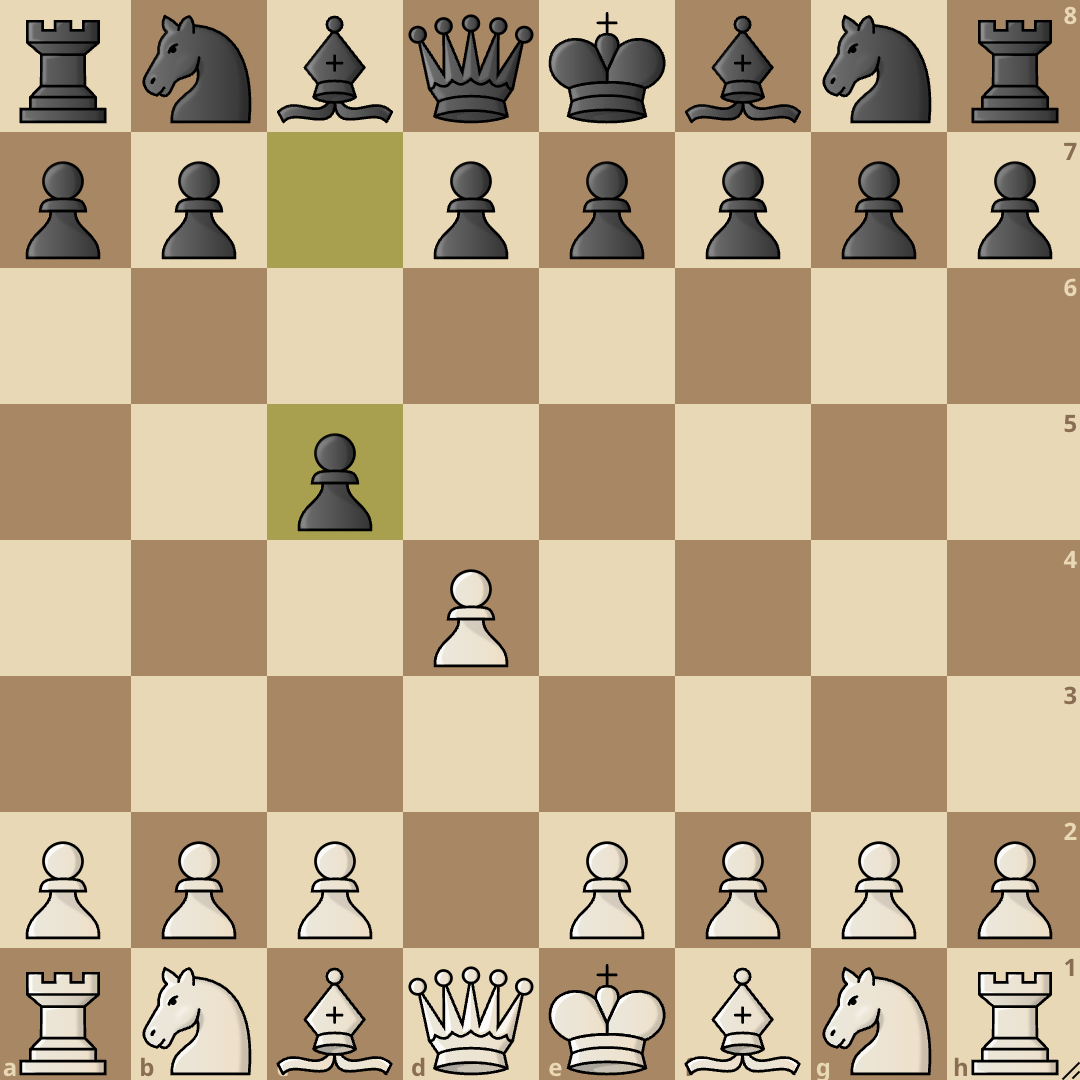
The Old Benoni used to be the go-to way of entering the Benoni Defense. Instead of delaying the c5 thrust with …Nf6, Black plays it immediately.
Capturing the pawn isn’t a good move because, after 2…e6, White will not be able to hold on to the pawn (for long).
After 1…c5, White can reply in various ways, the most popular ones being 2. d5 2. c3, and 2. e3.
If White decides to go for 2. d5, they advance the pawn into Black’s territory. Black will reply with 2…e6, challenging the d5 pawn. White will not capture the e6 pawn, rather, they will add support to their d5 pawn with 3. c4.
Black now captures the d5 pawn with 3…exd5 and White recaptures with 4. cxd5. Black cannot allow the d5 pawn to advance further, so they stop it with 4…d6.
White then develops a knight with 5. Nc3, this knight also helps to protect the d5 pawn.
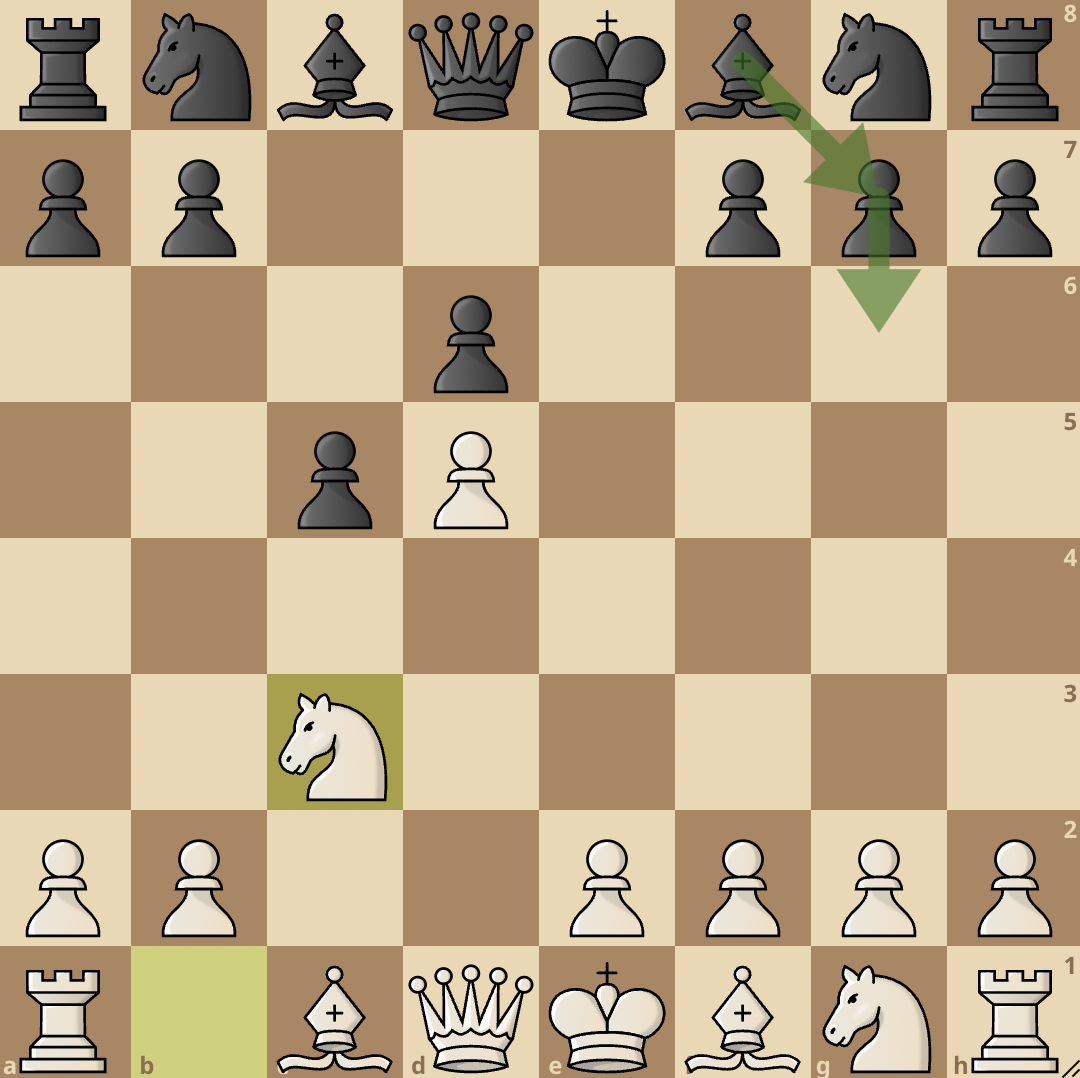
From this position, we can see that White controls space in Black’s camp. However, the drawback to this is that the advance of the d-pawn creates weaknesses around the squares in White’s camp.
Black also has a majority advantage of pawns on the queenside. Black will play 5…g6, fianchetto their bishop, and look to start expanding on the queenside.
The fianchettoed bishop on g7 will also provide support for Black’s queenside expansion.
2. c3 is also another option for White. After c3, Black plays 2…Nf6, and after White replies with 3. Nf3, Black plays 3…e6, and after 4. Bf4, they play 4…b6 and look to fianchetto their light-squared bishop.
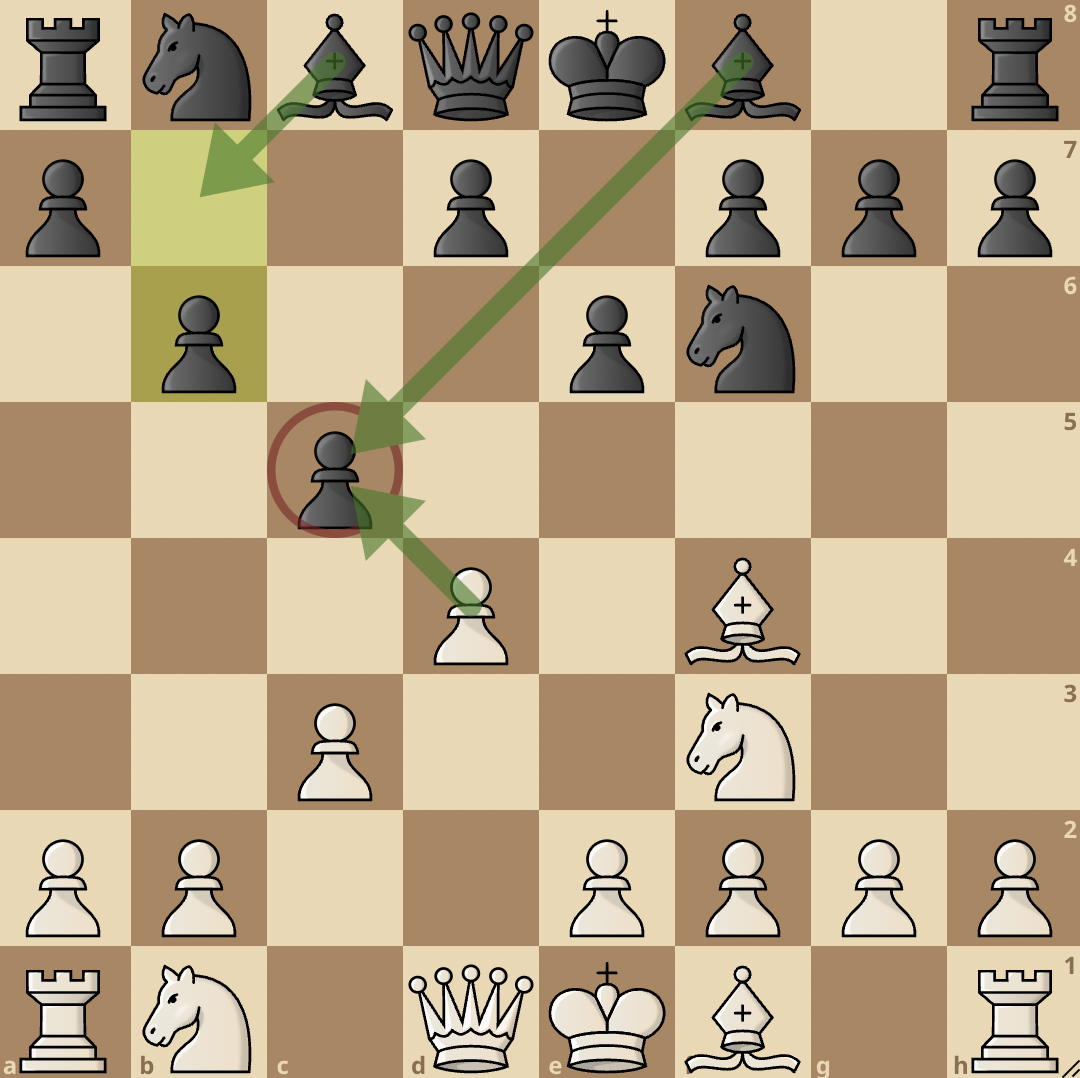
If at any time White captures the c5 pawn, Black can easily recapture it with their dark-squared bishop.
The third option White can go for in the Old Benoni is 2. e3. After e3, Black will develop their knight with 2…Nf6, White then plays 3. Nf3 and Black prepares to fianchetto their dark-squared bishop with 3…g6. When the bishop is fianchettoed, it will put pressure on the center and the queenside.
Czech Benoni
1. d4 Nf6 2. c4 c5 3. d5 e5
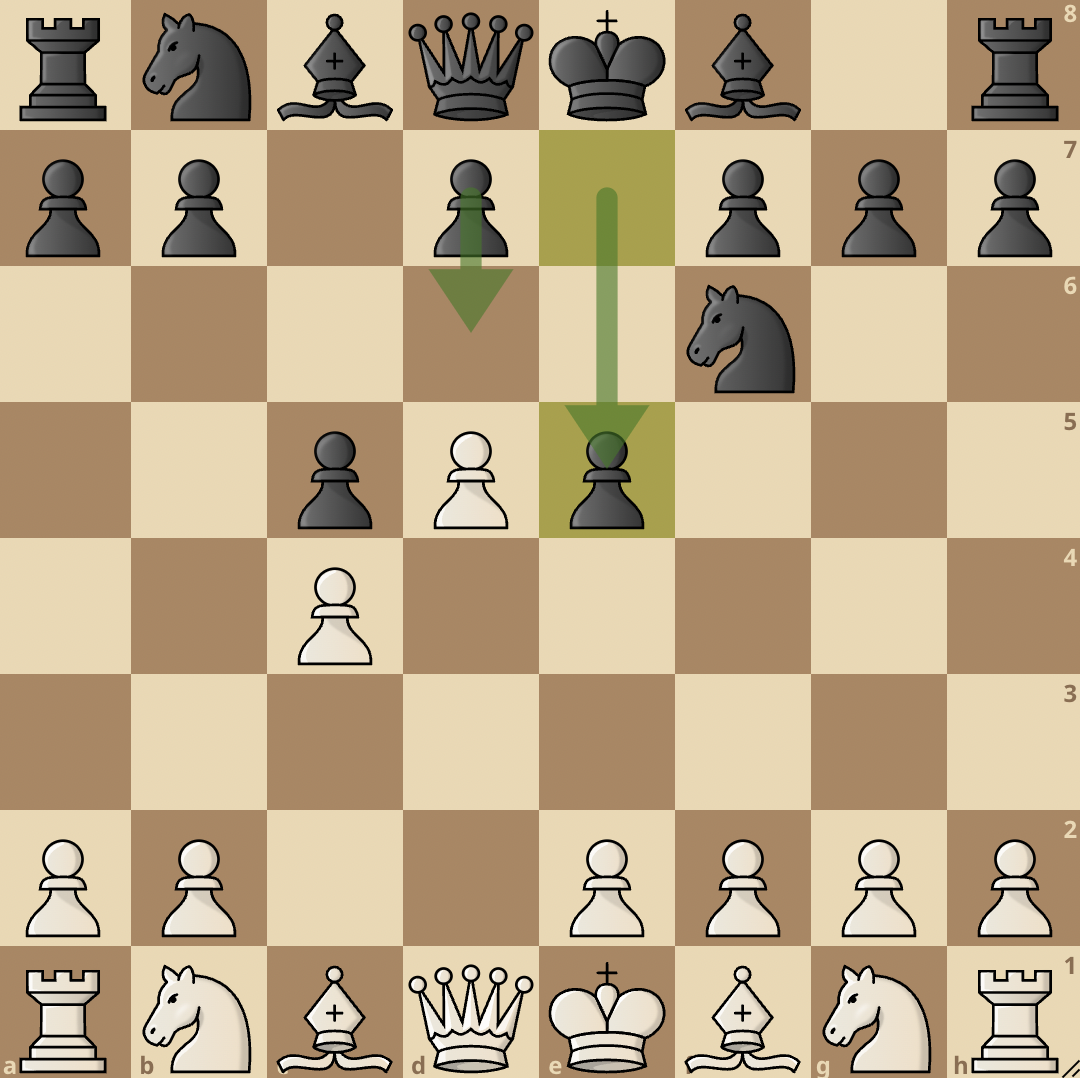
The Czech Benoni is another variation of the Benoni. It starts after 3. d5. Black responds with 3…e5.
The principled response here is for White to continue with 4. Nc3. Black then solidifies their c5 and e5 pawns with 4. d6.
White now plays 4. e4, adding support to their d5 pawn. Black looks to play a slow and closed game in this variation.
In this position, both players have bad bishops (Black’s dark-squared bishop and White’s light-squared bishop)
Black will try to play for breaks on the b- and f-files while White will try to stop those plans and stifle Black’s position.
Benko Gambit
1. d4 Nf6 2. c4 c5 3. d5 b5
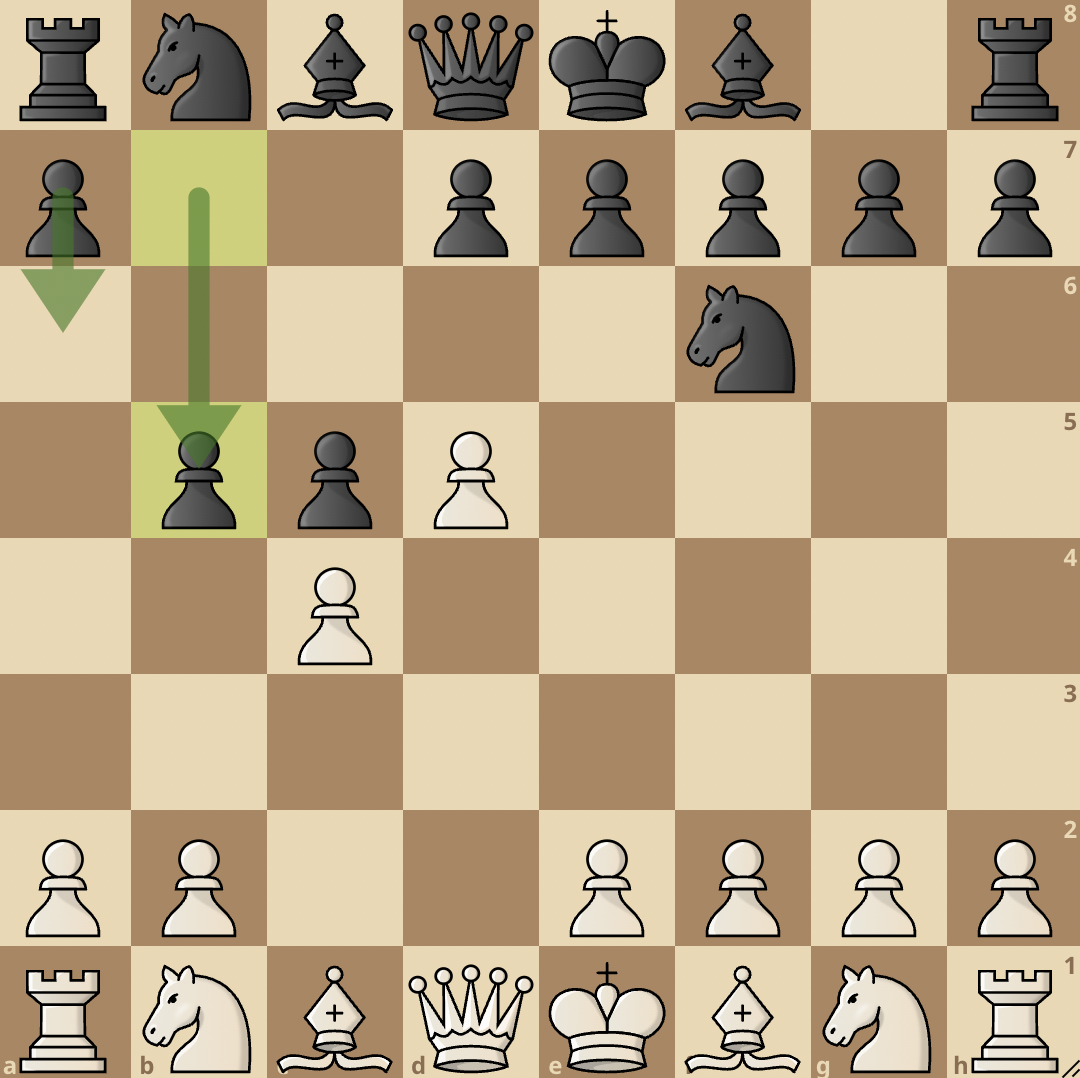
The Benko Gambit, named after the Hungarian Grandmaster Pal Benko, is one of the most popular gambits in chess.
In this variation, Black gives up a pawn for a positional advantage and counterplay on the queenside.
Black plays 3…b5, attacking the c5 pawn and asking White how they want to continue. The popular continuation for White here is to play 4. cxb5. Black then continues with 4…a6, offering to exchange pawns.
After 4…a6, White has a few options they can choose from.
5. bxa6 is the most popular response. Here White accepts the a6 pawn. Black then plays 5…g6 and prepares to fianchetto their bishop. The a6 pawn can be captured by Black anytime they want. Black will fianchetto their dark-squared bishop and look to put pressure on the queenside and get an advantage.
5. b6 is another option for White. Here, White gives back the pawn. However, after Black recaptures with …Qxb6, they do not have as many open lines as they would have had if White had captured the a6 pawn. White’s idea in this line is to play Nc3 and e4 and develop their pieces to optimal squares. Black will also have a good game as they can play …g6, fianchetto their bishop on the g7 square and put pressure on the queenside.
5. Nc3 is a line where White ignores the a6 pawn and focuses on developing their pieces. Black will continue with 5…axb5. White can choose to continue with either 6. e4 or 6. Nxb5. If they play 6. Nxb5, Black will play 6…Qa5+ and after 7. Nc3, 7…Bb7 comes. Black will give up a pawn in this opening for activity and chances to put pressure on the queenside.
Successful Deployments
Touch the moves or move the board around for a better interactive experience.
Jan Timman v Mikhail Tal, Tallinn (1973)
Mikhail Tal, in his days, was an avid player of the Benoni Opening. He knew the intricacies of the opening very well and would often use it to crush his opponents as he did in his 1973 game against Jan Timman.
Boris Spassky v Robert James Fischer (1992)
It was not a regular occurrence for Spassky to lose chess games. Therefore on the occasions where Spassky lost, it was evident that the opponent played very well, and this was the case when Fischer took him down in their 1992 match using the Benoni Opening.
Aron Nimzowitsch v Frank Marshall, New York (1927)
The old masters were not ones to shy away from interesting openings. This game by Nimzowitsch and Marshall in 1927 is very instructive on how White can play against the Benoni.
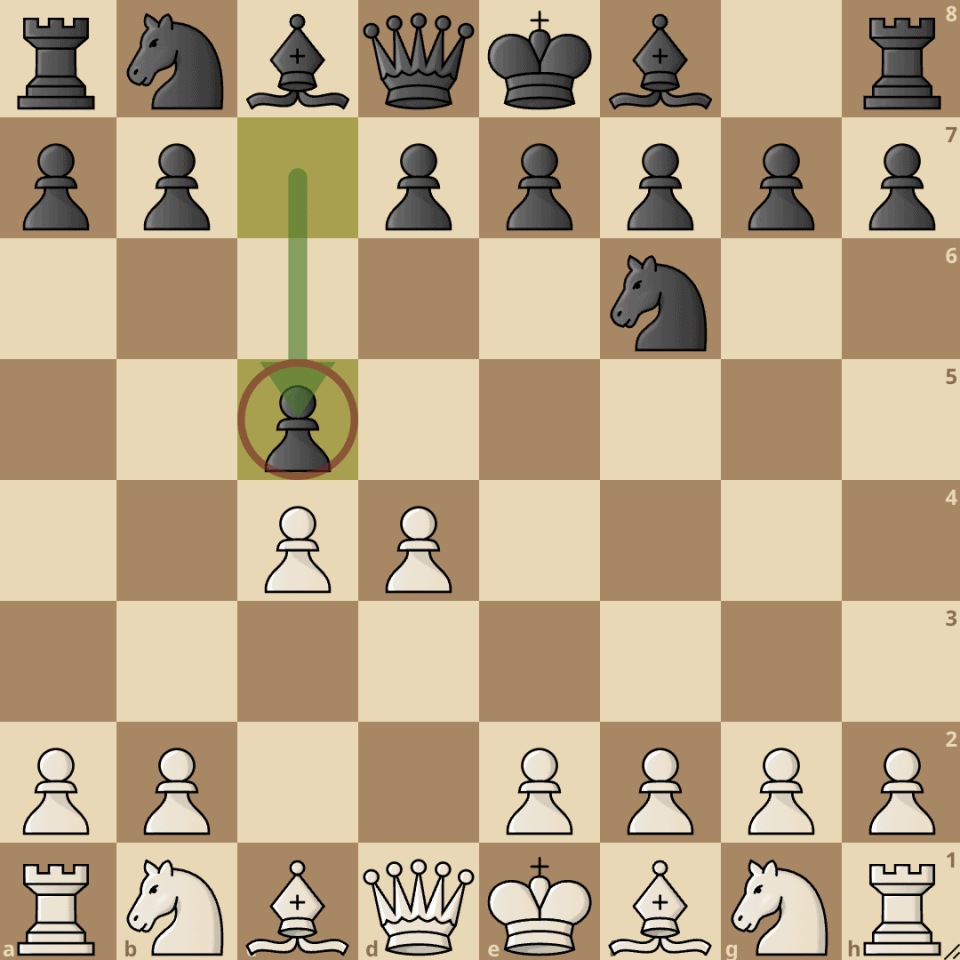



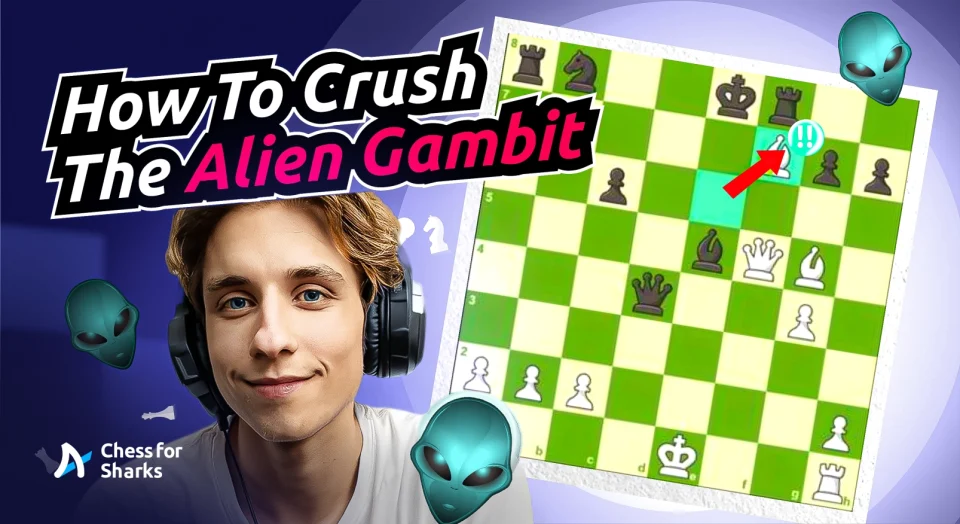

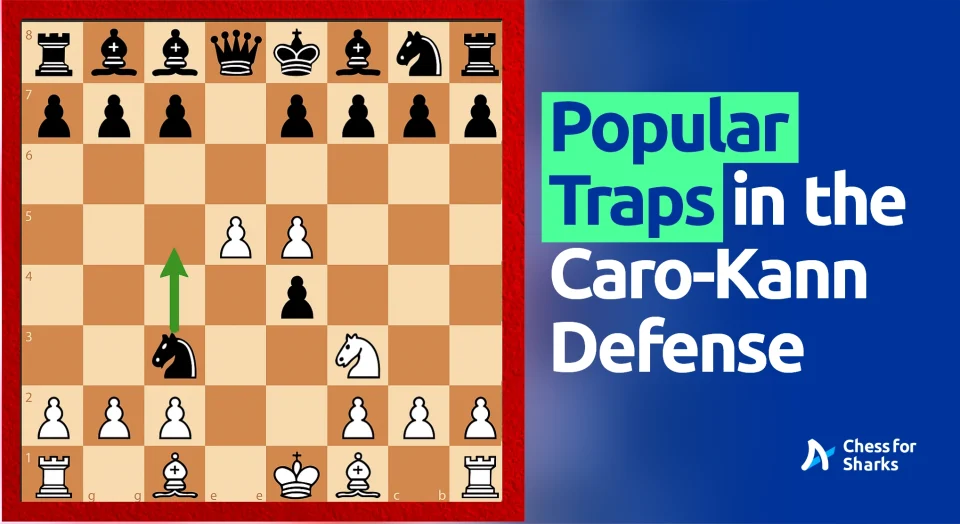
join the conversation